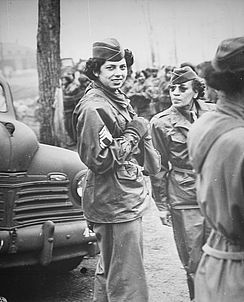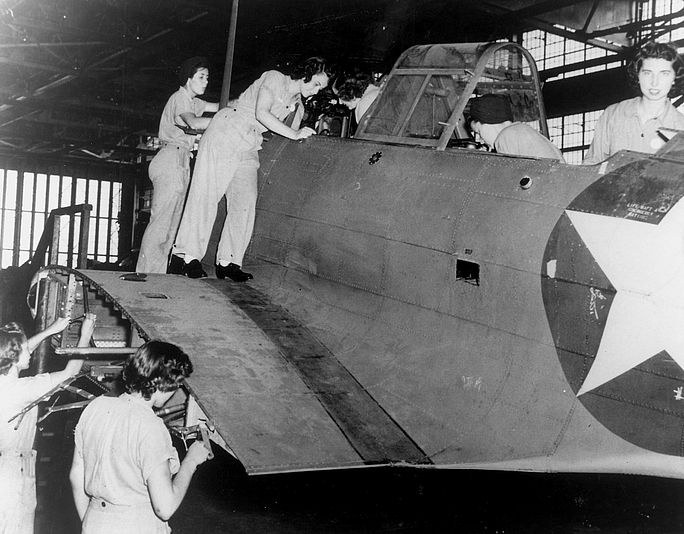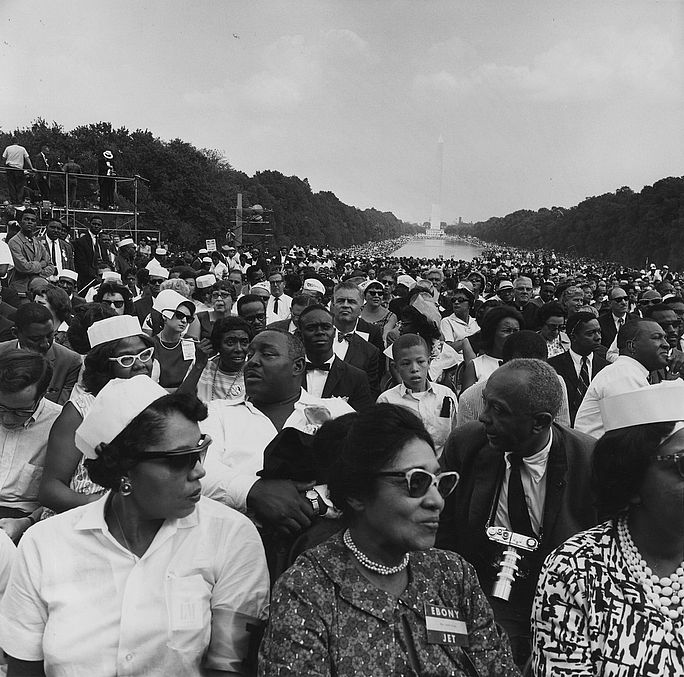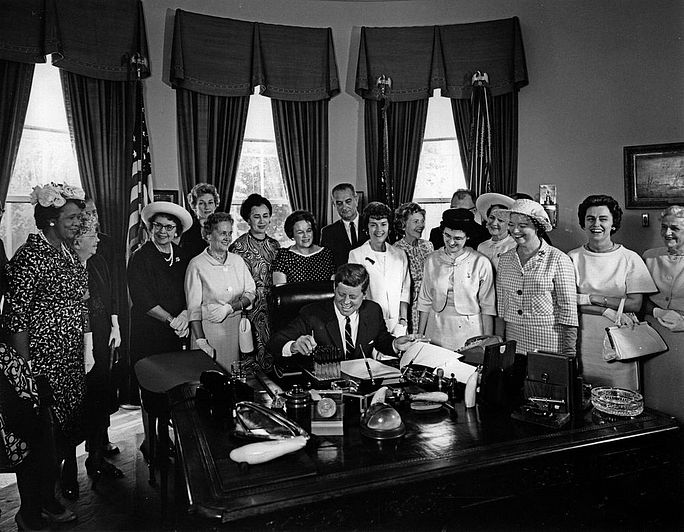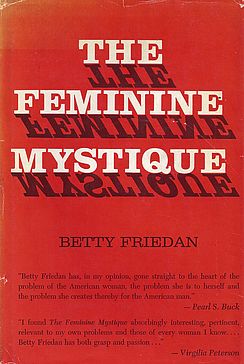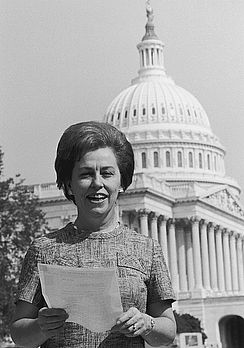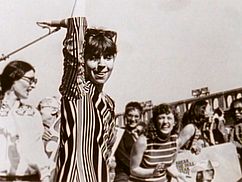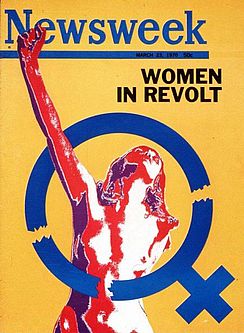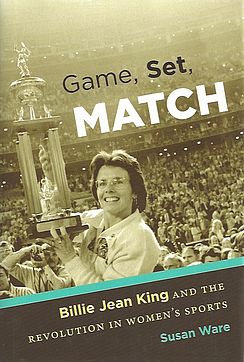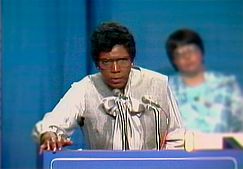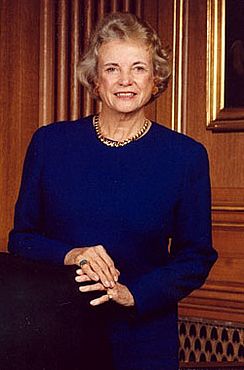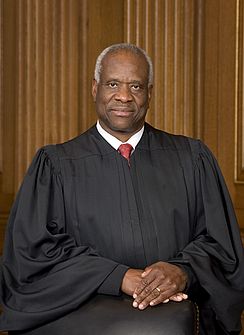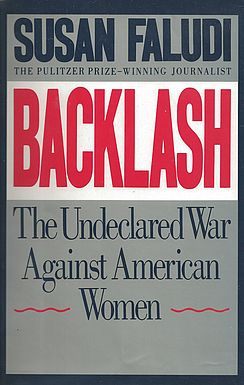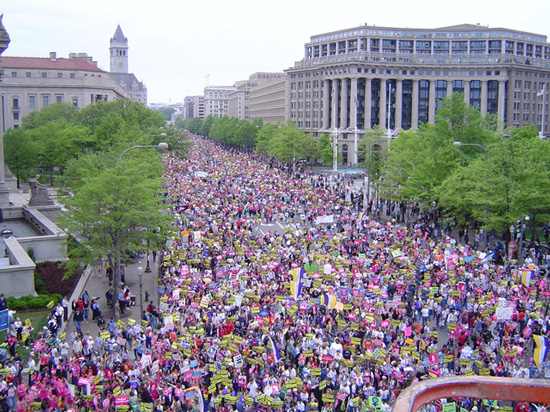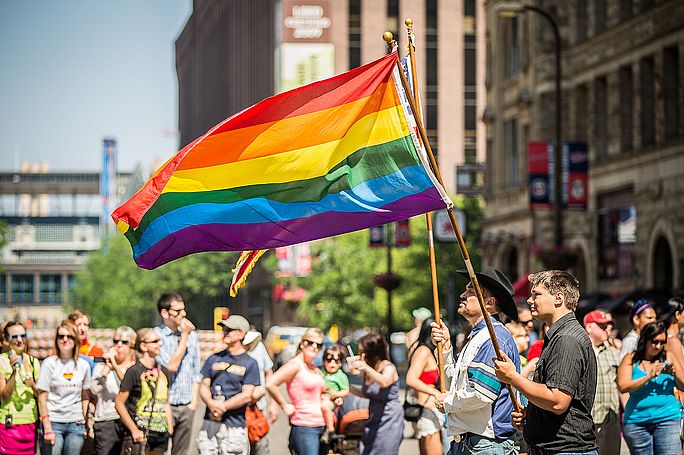Resource Library
Exhibit-Wide Timeline
1941 U.S. enters World War II
World War II was a transformative moment for American women who served in the military and replaced men in the industrial labor force. The war’s iconic “Rosie the Riveter” image symbolized women who worked in non-traditional industrial jobs. Rosie the Riveter National Historical Park. Library of Congress exhibit, “Women Come to the Front.” National Archive, “It's a Woman's War Too!”“Rosie to the Rescue” (1943).Film, “Homefront Heroines: The Waves of World War II.”Film, “Fly Girls.”“The Role of World War II in the Rise of Women's Employment,” by Claudia Goldin (PDF). Photo: NARA, public domain.
1945 World War II ends
Returning veterans displaced many women in industrial work as they were encouraged to return to homemaking. Women in trade unions began to challenge both gender and race discrimination. Film, “The Life and Times of Rosie the Riveter.” PBS article, “Women and Work After World War II.” Photo: U.S. Navy, public domain.
1946 Pres. Committee on Civil Rights
Following recommendations by the President's Committee on Civil Rights, President Truman issued Executive Orders to desegregate the armed forces and the federal work force. Sadie Alexander was a key member of the committee. Report, “To Secure These Rights,” Harry S. Truman Library. Sadie Alexander biography. Sadie Alexander obituary.
1954 Brown v. Board of Education
The Supreme Court’s ruling that separate educational facilities for blacks and whites are “inherently unequal” spurred on civil rights activism both in the courts and at the grassroots. Black women were leaders of much of this activism. Photos and case documents, University of Missouri. Background, Civil Rights Digital Library. Documents, National Archives. Video, “60 Years after Brown v. Board.”Publishing the Long Civil Rights Movement.
1955 Daughters of Bilitis
Founded by lesbians in San Francisco, DOB began as a social club but was soon a civil rights organization that promoted the societal acceptance of lesbians. Members published The Ladder: A Lesbian Review, the first national lesbian magazine. Collection guide, Phyllis Lyon and Del Martin papers. Women in the Homophile Movement, Cornell University. Martha Shelley biography and interview.
1955 Montgomery Bus Boycott
After Rosa Parks was arrested for refusing to give up her bus seat, with the support of the Women’s Political Council, African-Americans in Montgomery initiated a year-long boycott to protest racial segregation. It resulted in a Supreme Court ruling that Alabama’s segregated bus laws were unconstitutional. The Montgomery Bus Boycott. “Rosa Parks arrested,” Library of Congress. “381 Days,” Smithsonian Institution. Summary, National Humanities Center.
1961 Commission on Status of Women
Established by President John F. Kennedy at the suggestion of Esther Peterson, the director of the U.S. Women’s Bureau, the President's Commission on the Status of Women was first chaired by Eleanor Roosevelt. Its 1963 “American Women” report set out the commission’s findings and recommendations. State commissions were established nationwide by 1967. Archive, John F. Kennedy Library. Records, Schlesinger Library. Video, “Betty Friedan and the Presidential Commission,” Radcliffe Institute. Report of the President's Commission, U.S. Department of Labor, 1963 (PDF).
1962 Silent Spring
A detailed study of the human impact on nature, Silent Spring contributed to the modern environmental movement, which engages feminists around the world. Many environmental feminists, including ecofeminists, argue that women’s subordination is connected to violence against nature. Rachel Carson website. Rachel Carson papers, Yale University. Review of Silent Spring. “The Story of Silent Spring,” Natural Resources Defense Council.
1962 United Farm Workers
Co-founded by Dolores Huerta and Cesar Chavez, the UFW initiated a national grape boycott in 1965 that resulted in a labor contract for agricultural workers. History of United Farm Workers. Dolores Huerta Foundation. Film, “The Fight in the Fields.”
1963 March on Washington
The epic March for Jobs and Freedom was attended by over 250,000 people who heard Martin Luther King, Jr. deliver his “I Have a Dream” speech. The program included a “Tribute to Negro Women Fighters for Freedom.” Program of Events, National Archive. Program of Events, ourdocuments.gov. “Daisy Bates Speaks,” by Sara Kuhgler. Video, “Civil Rights Pioneer, Gloria Richardson.”“Honoring the Women of the Civil Rights Movement,” by Dennis Parker. Photo: NARA, public domain.
1963 Equal Pay Act
This amendment to the Fair Labor Standards Act prohibits pay discrimination on the basis of sex when workers perform substantially equal work and has been credited as one factor in the rise of women’s wages overall. The passage of the Lilly Ledbetter Fair Pay Act of 2009 demonstrates that work in this area is not complete. Text of the Equal Pay Act. Photos, John F. Kennedy Library. JFK Signs the Equal Pay Act.
1963 The Feminine Mystique
Betty Friedan’s study about “the problem that has no name” was an instant best-seller and raised public awareness about the lives of well-educated women. The book is considered a foundational text of the post-World War II women’s movement. Review in NY Times, 1963. Review in The Atlantic, 2013.
1964 Title VII, Civil Rights Act
Title VII originally prohibited workplace discrimination based on race, color, religion, national origin, or sex. It now also prohibits discrimination based on pregnancy, age and disability. It is enforced by the Equal Employment Opportunity Commission, established in 1965, and state agencies. Title VII of the Civil Rights Act. Digitized images of Civil Rights Act. Martha Griffiths archive. “How ‘Sex’ Got into Title VII,” by Jo Freeman. “The Untold Story Behind the Civil Rights Act,” by Suzanne Gould. “Sex and the Civil Rights Act,” Backstory Radio. “The Civil Rights Act of 1964,” Library of Congress. Photo: Rep. Martha Griffiths; U.S. News & World Report collection, Library of Congress.
1965 “Sexism” enters the lexicon
The term “sexism” was used by Pauline M. Leet and was popularized with the publication of Caroline Bird’s 1968 book, Born Female. Both women compared sexism to racism. “The Origins of the Word ‘sexism’,” Feminism 101.
1966 National Organization for Women
Seen by its founders as a “NAACP for women,” NOW was established to work independently of government agencies in the effort to increase women’s rights and fight sex discrimination. In 1968, NOW endorsed the passage of the Equal Rights Amendment. NOW. NOW records, Schlesinger Library. Photo, founders of NOW.
1967 National Welfare Rights
Civil rights organizers and welfare rights recipients engaged in campaigns to educate low-income people about their eligibility for public assistance and to change the public view of the welfare recipient. In the process, many poor black activist mothers developed a feminist consciousness. Opponents of welfare rights contributed to the passage of the Personal Responsibility and Work Opportunity Reconciliation Act in 1996. History of National Welfare Rights Organization. Johnnie Tillmon biography. “The Second Phase of Civil Rights,” George Mason University. Johnnie Tillmon interviews.
1968 Jeannette Rankin Brigade
During this anti-war protest in Washington D.C., the New York Radical Women staged a “Burial of Traditional Womanhood.” One result was a questioning of the role of women in protest movements. “Notes From the First Year,” New York Radical Women, Duke University Library. “The Jeanette Rankin Brigade,” by Shulamith Firestone. Jeanette Rankin Papers, Swarthmore College.
1969 Stonewall
A routine police raid on the Stonewall Bar in New York City led to riots that ignited the modern gay liberation movement. News coverage led to increased awareness of the diversity of gay and lesbian lives and subsequent activism allowed for the development of critiques of institutionalized heterosexuality. Stonewall Veterans Association. Stonewall Inn, National Park Service. “Stonewall and Beyond,” Columbia University. Film, “Stonewall Uprising.”Video, “Stonewall Riots 40th Anniversary.”1969 article in The Advocate. Radio show, “Remembering Stonewall.”Stonewall Riots Police Reports, OutHistory.
1970 “Women in Revolt”
Newsweek’s “Women in Revolt” cover story on the women’s movement ran on the same day that 46 women Newsweek employees, with Eleanor Holmes Norton as their lawyer, filed an EEOC complaint charging the magazine with sex discrimination. The women charged that women were hired as researchers and men were hired as writers. For its cover story on the women’s movement, Newsweek hired a woman freelance writer. The Good Girls Revolt by Lynn Povich. Review and interview on NPR.
1971 National Chicana Conference
At this Houston, Texas, conference, about 600 women discussed specific issues ranging from abortion to childcare centers and debated gender separatism and racial solidarity. Conferencia de Mujeres Por La Raza. PDF, Guide to Comisión Femenil Mexicana Nacional Archives. Digitized pamphlet, “Women: New Voice of La Raza” by Mirta Vidal.
1971 The Click! Moment
The idea of the “Click! moment” was coined by Jane O’Reilly. “The women in the group looked at her, looked at each other, and ... click! A moment of truth. The shock of recognition. Instant sisterhood... Those clicks are coming faster and faster. They were nearly audible last summer, which was a very angry summer for American women. Not redneck-angry from screaming because we are so frustrated and unfulfilled-angry, but clicking-things-into-place-angry, because we have suddenly and shockingly perceived the basic disorder in what has been believed to be the natural order of things.” Article, “The Housewife's Moment of Truth,” published in the first issue of Ms. Magazine and in New York Magazine. Republished in The Girl I Left Behind, by Jane O'Reilly (Macmillan, 1980). Jane O'Reilly papers, Schlesinger Library.
1972 Equal Rights Amendment
After Congress passed the ERA, it was sent to the states for ratification. In 1979, the ratification deadline was extended to 1982 but no more states approved the amendment. Today the ERA continues to be reintroduced in Congress but progress is slow. History of the Equal Rights Amendment. The Equal Rights Amendment, National Archives. Martha Griffiths and the Equal Rights Amendment. A Short History of ERA, Phyllis Schlafly Report. ERA Coalition.
1972 Ms. Magazine
Ms. Magazine first appeared in 1972 with Gloria Steinem as editor and Pat Carbine as publisher to bring feminist news to readers. Founding editors included Joanne Edgar, Nina Finkelstein, Mary Peacock, Letty Cottin Pogrebin, and Mary Thom. Over the years, the magazine’s editors and writers have included many prominent feminists and its articles have raised awareness and contributed to debates about feminist issues. Ms. Magazine. Gloria Steinem biography and interview. Letty Cottin Pogrebin website. Joanne Edgar biography and interview.
1972 Title IX
Passed as part of the Education Amendments of 1972, Title IX prohibits sex discrimination in any education program receiving federal funds. Its impact has been greatest in the field of athletics. Summary of Title IX. Overview of Title IX, U.S. Department of Justice.
1973 Roe v. Wade
With a 7 to 2 majority, the Supreme Court ruled that state laws making abortion illegal during a woman’s first three months of pregnancy were unconstitutional. Since the decision, abortion rights cases have continued to be argued in the courts. Roe v. Wade, Cornell University Law School. Video, Roe v. Wade oral arguments, C-SPAN. PDF, “Before Roe v. Wade” by Linda Greenhouse & Reva Siegel. History of Key Abortion Rulings of U.S. Supreme Court. Interview, Sarah Weddington.
1973 Our Bodies, Ourselves
Written by members of the Boston Women’s Health Book Collective, this 276-page book of information, illustrations, and personal narratives aimed to empower women to understand their bodies and navigate the health care system. Our Bodies Ourselves.
1973 Billie Jean King & Bobby Riggs
Called the “Battle of the Sexes,” this tennis match saw King beat Riggs in three sets. King continued playing competitive tennis but also dedicated her time to advancing women’s place in the world of sports. Radio show, “Billie Jean King and the ‘Incomplete’ Revolution in Women’s Sports.”Video, “The Battle of the Sexes that Changed Women’s Tennis.”Radio show, “Pioneer Billie Jean King Moved the Baseline for Women’s Tennis.”“How Billie Jean King Picked Her Outfit for the Battle of the Sexes” by Ed Leibowitz. Film, “Billie Jean King,” PBS. Game, Set, Match: Billie Jean King and the Revolution in Women's Sports by Susan Ware.
1973 Wounded Knee
American Indian Movement activists occupied the town of Wounded Knee, South Dakota to protest political corruption. Some of the women participants founded Women of All Red Nations in 1974. One of their primary commitments was an effort to combat sterilization abuse. Wounded Knee documents, American Indian Movement. Facing Freedom: American Indian Rights.
1974 Combahee River Collective
The Combahee River Collective’s statement is considered as a founding document in the development of identity politics and the feminist theory of intersectionality, which considers how social categories such as gender, race and class work together to create oppressions. The Combahee River Collective Statement. “Black, Feminist, Revolutionary” by Keisha Price.
1975 UN International Women’s Year
The United Nations declared 1976 to 1985 the Decade of Women and four international conferences on women were held, in Mexico City (1975), Copenhagen (1980), Nairobi (1985), and Beijing (1995). A result of the conferences has included resolutions to elimination discrimination and violence against women. UN Women. Declaration of Mexico, 1975. Full report.
1980 Ronald Reagan
The election of Ronald Reagan as President of the United States and Republican control of the U.S. Senate signaled America’s conservative political turn. Reagan opposed abortion rights, gender equality, affirmative action, and many of the policies of the Great Society. Reagan Presidential Foundation. Reagan Presidential Library.
1980 Women of Color Press
Among the important books published by this pioneering press, founded and run by women of color, is Home Girls: A Black Feminist Anthology (1983). PDF, Cherrie Moraga interview. PDF, Barbara Smith interview.
1981 Sandra Day O’Connor
Sandra Day O’Connor became the first women appointed to the United States Supreme Court in 1981. She was appointed by President Reagan and served until she retired in 2006. Exhibit, U.S. Supreme Court. Reagan’s Nomination of O’Connor, National Archives. Biography, Sandra Day O'Connor Institute. Photo: Library of Congress, public domain.
1982 Ohoyo One Thousand
Ohoyo One Thousand: A Resource Guide of American Indian/Alaska Native Women was compiled by the Ohoyo (“woman” in Choctaw) Resource Center, which was founded by Choctaw women in 1979. The publication profiles more than 1,000 women from 321 tribes who have achieved success in their respective fields. The Ohoyo Resource Center also published Ohoyo Makachi: Words of Today’s American Indian Women.Ohoyo One Thousand. Ohoyo Makachi. Owanah Anderson biography.
1983 Asian Immigrant Women Advocates
Asian Immigrant Women Advocates was founded as a grassroots organization to provide educational assistance to Asian immigrant women and to engage in social justice campaigns. The Garment Workers’ Justice Campaign from 1992 to 1998 raised public awareness about corporate responsibility to workers. AIWA.
1987 National Women's History Month
Congress designated the month of March to celebrate women’s historical accomplishments following celebrations of International Women’s Day (first celebrated in 1911 on March 8) and Women’s History Week (established in 1980). The National Women’s History Project played a key role in developing Women’s History Month. National Women’s History Project.
1991 Anita Hill & Clarence Thomas
The confirmation hearings of Supreme Court nominee Clarence Thomas, which included Anita Hill’s testimony that he had sexually harassed her while they worked at the Department of Education and the EEOC, increased public awareness about sexual harassment, fostered a public debate about race and sex, and mobilized feminists to run for political offices. Video, Confirmation hearings, C-SPAN. Video discussion, “Anita Hill Testimony, 20 Years Later,” C-SPAN. Trancripts, Nomination Hearings for Supreme Court Justices. Photo: Clarence Thomas; Collection of U.S. Supreme Court, public domain.
1991 Backlash
Susan Faludi’s Backlash: The Undeclared War Against American Women, which won the National Book Critics Award for Nonfiction, examines the 1980s media backlash against feminism, which included unsubstantiated stories such as the “man shortage.” Reviewers compared it to Betty Friedan’s The Feminine Mystique. Susan Faludi's website.
1993 Family and Medical Leave Act
Unlike earlier acts, including the Pregnancy Discrimination Act of 1978, this federal law requires that employers provide all eligible employees with unpaid leaves for family or health reasons. The Act has been seen as expanding the legal definition of the family and a major step in balancing the demands of family and work for women and men. Family and Medical Leave Act.
1993 UN Declaration on Violence
In the 1990s, violence against women emerged as one of the global challenges facing communities around the world. The United Nation’s declaration makes a connection between women’s rights, world peace, and the elimination of violence against women. United Nations Declaration.
1994 Violence Against Women Act
Feminists have long advocated for programs to combat violence against women. This federal law funds programs that aim to end all types of violence against women, including domestic violence, rape and sexual assault, date rape and stalking. Opponents of the act, including Phyllis Schlafly, have argued that it will increase fear and hatred of men. Office on Violence Against Women, U.S. Department of Justice. PDF, VAWA fact sheet. Reauthorization Act of 2013. “The 1994 Violence Against Women Act” by Kathryn Sklar and Suzanne Lustig. United States v. Morrison.
1996 Defense of Marriage Act
DOMA, as it is often called, defined marriage as a union between a man and a woman and it allowed a state to refuse to recognize same-sex marriages performed in other states. In 2013 the Supreme Court ruled that the federal government must recognize marriages of same-sex couples and provide protections and rights to them if they were married in states where same-sex marriages were legalized. PDF, United States v. Windsor. “Marriage Equality is a Feminist Issue” by Audrey Bilger. Freedom To Marry. Text, Defense of Marriage Act. “Now in Defense of Gay Marriage, Bill Clinton” by Peter Baker.
1997 Third Wave Foundation
In 1992, in response to anti-feminist events, Rebecca Walker wrote a Ms. Magazine article titled “Becoming the Third Wave.” The third wave of feminism concentrates on ending gender violence, expanding reproductive rights, and challenging media misrepresentations of young women. Five years later, the Third Wave Foundation was created to foster youth-led activism for gender justice. Third Wave Foundation records, Duke University.
2004 March for Women’s Lives
One of the largest women’s rights marches, and one of the largest protest marches in American history, was held on April 25, 2004 in Washington, DC. Marchers raised awareness and called for action on the issues of abortion and reproductive freedom. Previous marches for reproductive rights were held in 1986, 1989, and 1992. The first of the marches led to the creation of the Feminist Majority Foundation. Video, “March for Women’s Lives,” Democracy NOW!Video, “March for Women’s Lives,” C-SPAN. Article and photos by Jo Freeman. 10th anniversary of the March, Feminist Majority. ACLU Celebrity Coalition. Photo by Rebecca DeLisle, Creative Commons license.
2010 UN Women
Officially known as the United Nations Entity for Gender Equality and the Empowerment of Women, this group focuses on the empowerment of women economically and in leadership positions, ending violence against women, and keeping gender equality at the forefront of development initiatives. UN Women. UN Women Watch.
2011 UN Day of the Girl Child
In December 2011, a UN resolution declared October 11 the Day of the Girl Child to promote the empowerment and equality of girls worldwide. As stated on the website dayofthegirl.org, “October 11 is not just a day; it’s a movement. A worldwide revolution. We want ourselves, and girls everywhere, to be seen as equals, in the eyes of others and in our own eyes.” UN Girls’ Education Initiative. “Preventing Child Marriages,” National Institutes of Health. Day of the Girl, U.S.
2013 Black Lives Matter
Black Lives Matter is a decentralized movement that campaigns against violence and racism towards black people. It was founded by Alicia Garza, Patrisse Cullors, and Opal Tometi in the wake of the 2012 killing of Trayvon Martin. Website. Interview. Sydney Peace Prize.
2015 Obergefell v. Hodges
In 2015, the Supreme Court ruled that states cannot ban gay marriage and must recognize same-sex marriages performed in other states. Case documents. Supreme Court proceedings and commentary. Photo by Tony Webster,Creative Commons license.
2016 Hillary Clinton wins Nomination
At the Democratic National Convention, Hillary Clinton became the first woman to receive the presidential nomination from a major political party. “When there are no ceilings,” she stated in her acceptance speech, “the sky’s the limit.” Acceptance Speech.
How to Navigate our Interactive Timeline
You will find unique content in each chapter’s timeline.
Place the cursor over the timeline to scroll up and down within the timeline itself. If you place the cursor anywhere else on the page, you can scroll up and down in the whole page – but the timeline won’t scroll.
To see what’s in the timeline beyond the top or bottom of the window, use the white “dragger” located on the right edge of the timeline. (It looks like a small white disk with an up-arrow and a down-arrow attached to it.) If you click on the dragger, you can move the whole timeline up or down, so you can see more of it. If the dragger won’t move any further, then you’ve reached one end of the timeline.
Click on one of the timeline entries and it will display a short description of the subject. It may also include an image, a video, or a link to more information within our website or on another website.
Our timelines are also available in our Resource Library in non-interactive format.
Timeline Legend
Yellow bars mark entries that appear in every chapter
This icon indicates a book
This icon indicates a film
1971 The Click! Moment
The idea of the “Click! moment” was coined by Jane O’Reilly. “The women in the group looked at her, looked at each other, and ... click! A moment of truth. The shock of recognition. Instant sisterhood... Those clicks are coming faster and faster. They were nearly audible last summer, which was a very angry summer for American women. Not redneck-angry from screaming because we are so frustrated and unfulfilled-angry, but clicking-things-into-place-angry, because we have suddenly and shockingly perceived the basic disorder in what has been believed to be the natural order of things.” Article, “The Housewife's Moment of Truth,” published in the first issue of Ms. Magazine and in New York Magazine. Republished in The Girl I Left Behind, by Jane O'Reilly (Macmillan, 1980). Jane O'Reilly papers, Schlesinger Library.

